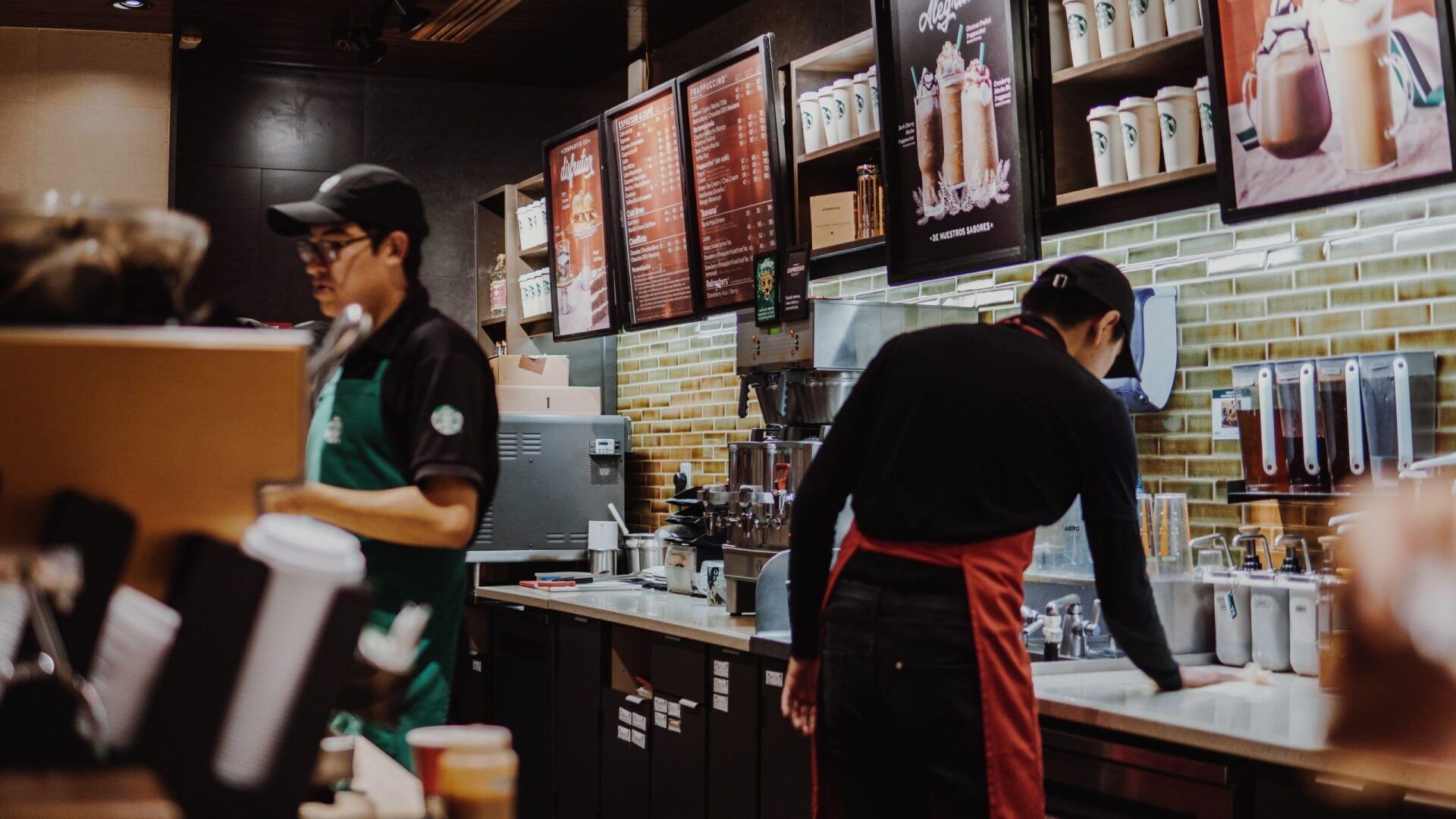Why Point of Sale Marketing is So Important
The world is becoming ever more digital. However, there are still plenty of industries in which retail sales continue to thrive. Therefore, if you’re not using point of sale (POS) marketing to its fullest potential, you should re-consider.
Picture this. You’re standing in line waiting to pay for your weekly food shop and you see your favourite celebrity on the front of a magazine. The story looks interesting, so you pick it up and add it to your trolley. Oh look, the chocolate bar display is within touching distance, which reminds you that you’re a little hungry and only a Snickers bar will help this. You finally come to pay for your items and the cashier asks you if you want to donate to a charity, you raid your purse and do so. From simply waiting in line for a couple of minutes, you’ve spent £10 more than you would have without POS.
First things first – What is POS?
For those of you who don’t already know, POS refers to all efforts that increase sales at the point of purchase. Typically, this revolves around the till, however, POS can even be a meeting table or an internet page. For most retail and restaurant environments, POS is a must have! The most common forms of POS marketing are merchandise display along with signage, receipts and suggestive selling by the retailer at the POS.
Who utilizes POS?
However, retailers such as supermarkets resell other business’ products. As a result, POS marketing is significant for every company who sell their product within a retailer.
- Supermarkets display things such as magazines, chocolate, sweets, gum and batteries along the tills. Research has found that the products sold on these displays move at one-and-a-half to three times as fast as the same product on a shelf elsewhere in the store. It has even been found that in high-traffic supermarkets, these products have been sold as much as 64 times faster.
- Restaurants and bars often display their desserts, specials, cocktails and gift cards at their POS.
- Retail businesses, including hardware stores and hobby stores tend to display their cheaper products at their checkout locations. They do this as it doesn’t require much thinking from the customer. More expensive items require much more deliberation.
- For many years, tobacco companies have focused much of their advertising around POS. However, today their displays and advertisement are subject to more legal legislations than other products.
- Starbucks is a company that really pushes POS marketing. They display their low-ticket products right next to their tills and have a receipt program that encourages repeat business.
- Hellman’s is a great example of how POS has been used in order to increase sales. They designed a program that printed recipes featuring Hellman’s mayonnaise on the customer’ receipts. As a result, they saw an increase in sales as customers put their mayonnaise to further use.
- Charites often sell merchandise at POS. If you donate some money, you may get a branded badge, wrist band or something along those lines to wear. This is brilliant marketing as in theory, you are paying to promote their brand!

How to develop a POS marketing campaign.
There are so many point of sale marketing methods available. Therefore, a retailer must identify the goals of their campaign and what they want to accomplish. Do they want to highlight a product line, serve seasonal interests, move overstocked items or increase visibility of new items? Once this has been established, they can then decide which method will help them achieve these goals. Here are some typical POS marketing methods:
- Shelf talkers – This is small signage that appears next to the product on the shelf
- Floor displays – Usually constructed from card stock
- Video & digital signage – suspended above customers in line
- Counter displays – These are often small as they must never block the line of sight between the cashier and the customer
The physical layout of the store should also be considered. This is where the customers’ paths to the POS is established. As a result, retailers can display certain merch along the lines to the till, attracting customers looking for distractions whilst they wait.
To which customers is POS marketing effective?
As mentioned previously, POS merchandise tends to focus on less expensive, impulsive items, that can be easily added to other purchases.
Therefore, they appeal most to impulse customers who aren’t particularly loyal to a brand. The type of customer base is often dependent on the type of retailer. Moreover, POS items are particularly attractive to price-sensitive customers. The reason for this is that these products are commonly displayed as “deal” items.
To conclude, if you’re looking to make your products stand out from your competitor’s, or get your new product noticed, POS marketing can be the answer to your prayers!
To keep up to date with all our blogs, industry updates and our latest vacancies, follow our LinkedIn page.











